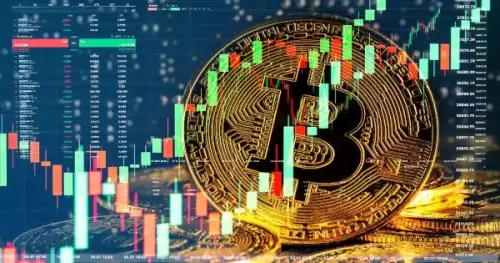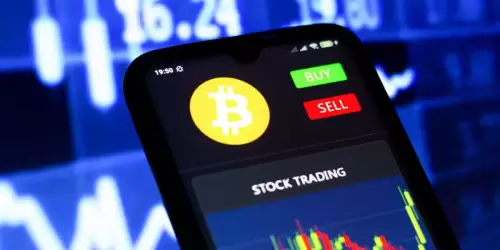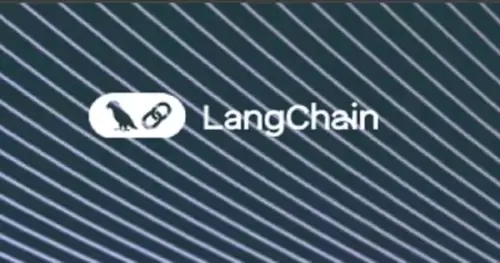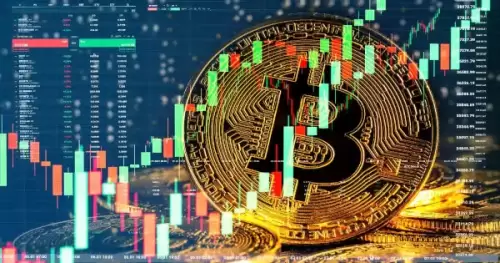 |
|
 |
|
 |
|
 |
|
 |
|
 |
|
 |
|
 |
|
 |
|
 |
|
 |
|
 |
|
 |
|
 |
|
 |
|
Cryptocurrency News Articles
JPMorgan, Ripple, and Blockchain Payments: A New York Minute on Institutional Adoption
Aug 01, 2025 at 07:16 am
JPMorgan acknowledges Ripple's potential in blockchain payments, while Ripple navigates XRP adoption and partnerships emerge, signaling a shift in finance.

Yo, what's the deal with JPMorgan, Ripple, and blockchain payments? It's a wild ride of institutional interest, stablecoin partnerships, and regulatory hurdles, all converging to reshape the future of finance. Let's break it down, New York style.
JPMorgan's Nod to Ripple
Word on the street is that JPMorgan is peeping Ripple's game. Internal documents reveal they see Ripple as a legit player in disrupting traditional cross-border payments. They're talking secure, low-cost, efficient international transfers using blockchain tech. That's a big endorsement from a major player, showing blockchain ain't just hype anymore; it's a scalable solution.
They even put Ripple in the "Disruptors" category alongside Bitcoin and Litecoin. Translation? JPMorgan is acknowledging that blockchain isn't some pie-in-the-sky idea, but a real solution for compliance and scalability challenges in payments.
Ripple's XRP: Not Dead Yet
Despite the rise of stablecoins like RLUSD, Ripple's CTO, David Schwartz, is adamant that XRP ain't going anywhere. He addressed concerns about XRP adoption, clarifying its role in institutional payments. While stablecoins offer fiat stability, XRP remains crucial for liquidity, especially in less common currency pairings. Think of it as the connective tissue in a fragmented financial world.
Schwartz also highlighted that compliance and regulatory concerns are why banks are hesitant to move funds fully on-chain. But Ripple's working on solutions like permissioned domains to address this, which could accelerate adoption.
FIS and Circle: Stablecoin Dreams
In a power move, Fidelity National Information Services (FIS) and Circle are teaming up to integrate USDC stablecoin into FIS’s digital payments infrastructure. This means U.S. banks can process transactions using USDC, leveraging FIS’s Money Movement Hub. It's all about real-time payments, fraud detection, and streamlined digital asset adoption without messing with core banking systems.
This partnership coincides with the GENIUS Act, which provides legal clarity for stablecoins. By embedding USDC into regulated financial environments, FIS and Circle are setting a precedent for compliant digital asset integration.
The Big Picture: My Take
Here's my two cents: While JPMorgan recognizing Ripple's potential is a solid indicator, the real game-changer is how institutions navigate the regulatory landscape. Ripple's XRP, despite facing challenges, is holding its ground, proving its unique value proposition. I agree with the view that the real progress is coming from those building platforms, not just investing in speculative assets.
Wrapping It Up
So, where does this leave us? JPMorgan, Ripple, and blockchain payments are all intertwined in a complex dance. It's a bumpy road, but the direction is clear: finance is going digital, and blockchain is playing a starring role. Keep your eyes peeled, because this story is far from over. Peace out!
Disclaimer:info@kdj.com
The information provided is not trading advice. kdj.com does not assume any responsibility for any investments made based on the information provided in this article. Cryptocurrencies are highly volatile and it is highly recommended that you invest with caution after thorough research!
If you believe that the content used on this website infringes your copyright, please contact us immediately (info@kdj.com) and we will delete it promptly.





























































